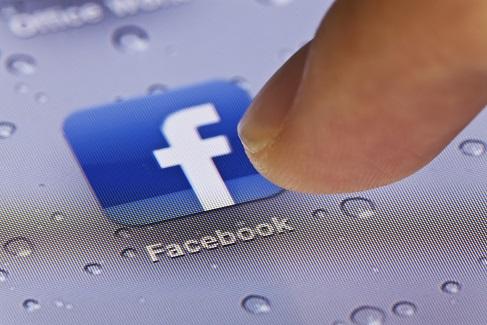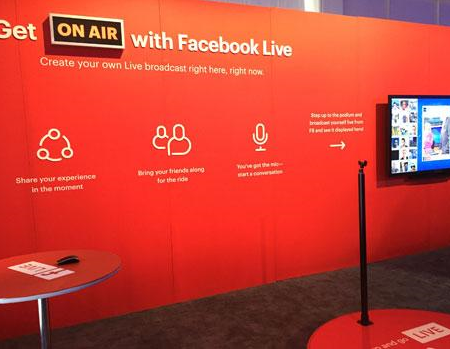Facebook's Safety Check Activated For First Time In USFacebook's Safety Check Activated For First Time In US
The Orlando nightclub shooting prompted Facebook to turn on its Safety Check tool so survivors of the massacre could let friends and family know they were safe.


Facebook F8: AI, Future Of Apps On Display
Facebook F8: AI, Future Of Apps On Display (Click image for larger view and slideshow.)
Facebook activated its Safety Check feature in the US for the first time on Sunday, following the shooting at an Orlando nightclub. A gunman fired a storm of bullets into the crowded club, killing 50 and wounding dozens more.
Facebook first launched Safety Check in 2014. The idea behind the tool is to allow people who are close to natural or man-made disasters to alert loved ones about their safety status. Communications can be disrupted or congested during disasters, making it difficult for people to reach friends and family in areas where danger is at hand.
Facebook makes use of location data to determine which users are near disasters and asks them if they are safe. Users can then alert friends and family to their status with a single click.
In a statement provided to media, the company said:
Following the community-generated Safety Check activation this morning in Orlando, we have now activated Facebook-initiated Safety Check for a mass shooting at a nightclub there. We hope the people in the area find the tool a helpful way to let their friends and family know they are okay.
Before June 12, the feature had never been used in the US. Some times it has been put to use include natural disasters like flooding in Sri Lanka and an earthquake in Ecuador. The November 2015 attacks in Paris saw the company use Safety Check for a terror event for the first time.
Facebook has tweaked the tool since its debut. It has put more people around the globe in charge of activating the tool, and sped up the time it takes to activate Safety Check.
"Earlier this month, we began testing features that allow people to both initiate and share Safety Check on Facebook," said Facebook in a statement provided to Mashable. "Over the last few months, we have improved the launch process to make it easier for our team to activate more frequently and faster, while testing ways to empower people to identify and elevate local crises as well."
[Read Microsoft, Facebook Team up to Build Cross-Atlantic Cable.]
Media reports detail victims' use of mobile phones and social networks to contact loved ones during the attack.
Eddie Jamoldroy Justice, 30, sent his mother a series of text messages while trapped in the rest of Pulse Orlando, reported the Associated Press. "Mommy I love you," he wrote, followed later by, "He's coming. I'm gonna die." Justice's mother did not learn of her son's fate for nearly 12 hours until his name was posted to an official list of victims.
The owner of Pulse used the club's Facebook page to say, "Everyone get out of Pulse and keep running," during the attack.
Later, MirrorUK reported, "Investigators were forced to 'tune out' [the] sound of ringing phones coming from bodies strewn about the scene of the massacre."
Facebook did not say how many people made use of Safety Check to alert friends and family about their safety. The attack highlights just how important social networks and mobile communications have become when tragedy strikes.
About the Author
You May Also Like






